

The Flaming Lips
Follow Your Favorite Band Today!
Top The Flaming Lips Community Posts
Albums
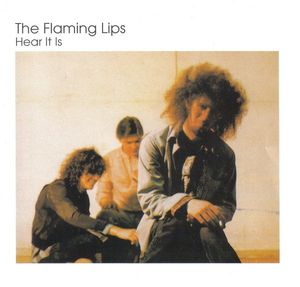


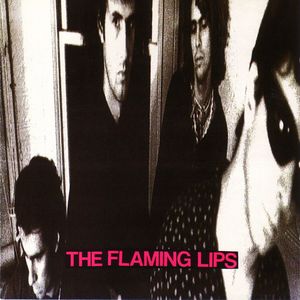
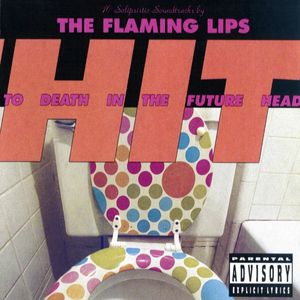
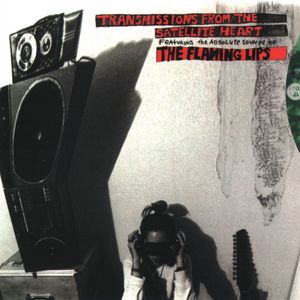
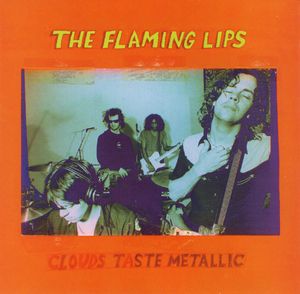

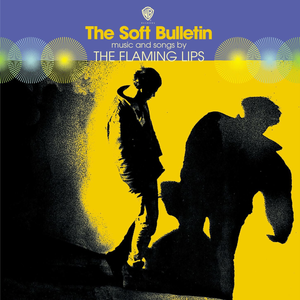

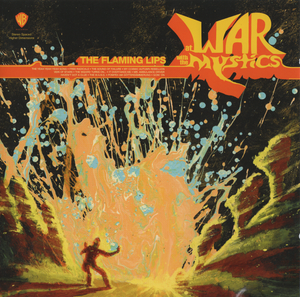

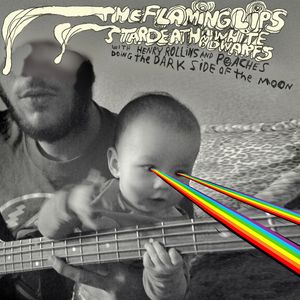




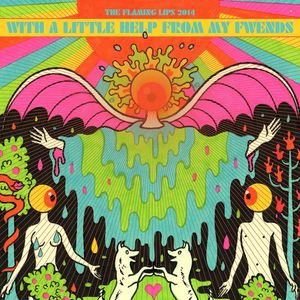


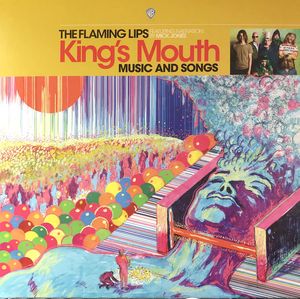
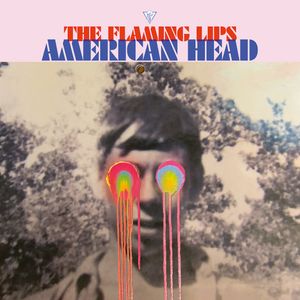

Story of The Flaming Lips
The Flaming Lips: A Psychedelic Journey Through Rock History
The Flaming Lips, hailing from Oklahoma City, Oklahoma, are a psychedelic rock band that burst onto the scene in 1983. Their sound, a vibrant mix of experimental noise, catchy melodies, and deeply personal lyrics, has cemented their place as one of the most influential and enduring bands of the past four decades.
The core of the Lips has remained remarkably consistent, with Wayne Coyne (vocals, guitars, bass, keyboards) and Steven Drozd (guitars, keyboards, bass, drums, vocals) at the helm since 1991. Coyne, the band's visionary leader, is the only original member still standing after the departure of bassist and keyboardist Michael Ivins in 2021.
The band's early years were spent honing their craft on the independent label Restless Records, releasing a string of albums and EPs that foreshadowed their later success. The breakthrough came in 1992 when they signed to Warner Bros. Records and released "Hit to Death in the Future Head," followed by the critically acclaimed "Transmissions from the Satellite Heart" (1993) and the hit single "She Don't Use Jelly." This marked their entrance into the mainstream and propelled them toward a dedicated fan base.
The Flaming Lips continued to push boundaries and explore new sonic landscapes with albums like "The Soft Bulletin" (1999), which was named NME magazine's Album of the Year, and the groundbreaking "Yoshimi Battles the Pink Robots" (2002), widely regarded as a modern rock classic. Their unique blend of psychedelic rock, electronic elements, and theatrical performances earned them critical acclaim and numerous accolades, including a BRIT Award nomination for "Best International Act" in 2007 and three Grammy Awards.
The band's impact is undeniable, as evidenced by their inclusion on Q magazine's "50 Bands to See Before You Die" list in 2002. The Flaming Lips have become synonymous with vibrant, adventurous music that pushes the boundaries of genre and leaves a lasting impression on anyone who experiences their live shows or listens to their music.
Early Days (1983-1990)
The Flaming Lips story begins in Oklahoma City, 1983. Wayne Coyne, on guitar, joined forces with his brother Mark on vocals, Michael Ivins on bass, and Dave Kotska on drums. This early lineup laid the foundation for the band's distinctive sound, setting the stage for the psychedelic rock revolution that was to come.
Bands you may like
More Alternative Rock Bands
Explore Alternative RockDiscover more bands in the Alternative Rock genre and explore the diverse sounds that define this musical style.
Browse All Alternative Rock BandsMore Bands from United States
Explore United StatesDiscover the rich musical heritage of United States and explore bands that represent the country's unique sound and culture.
Browse All United States Bands